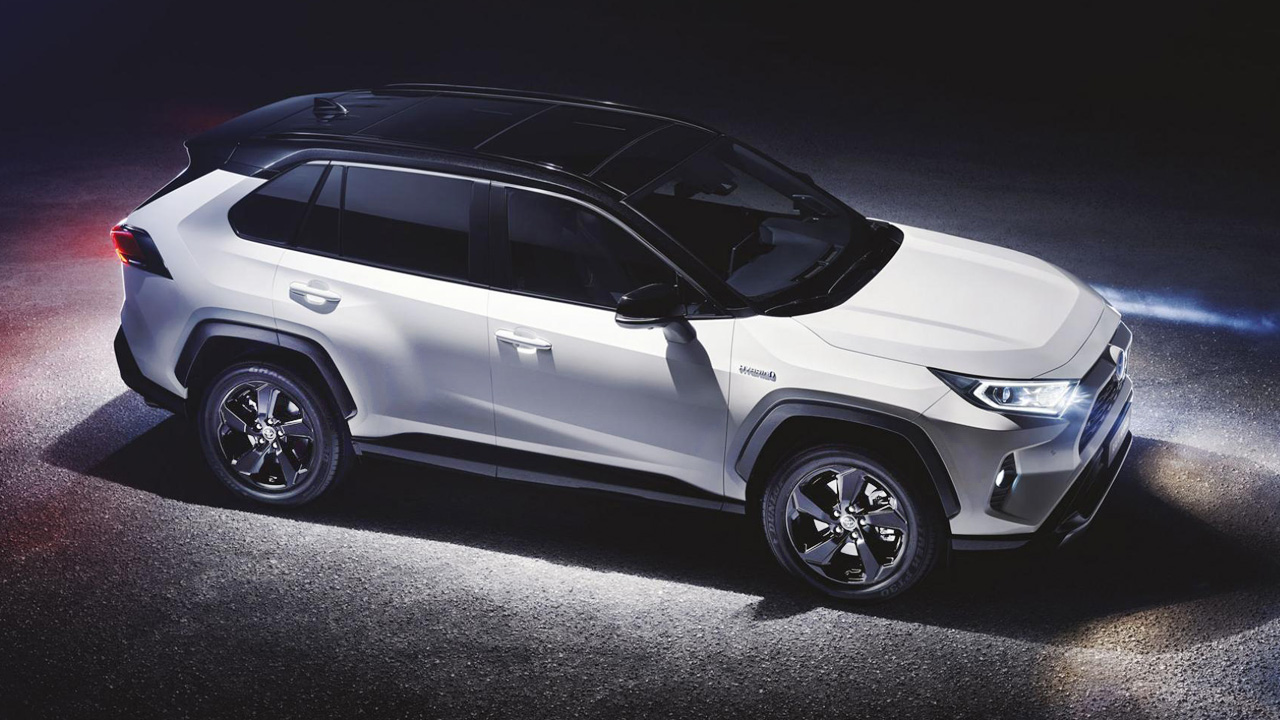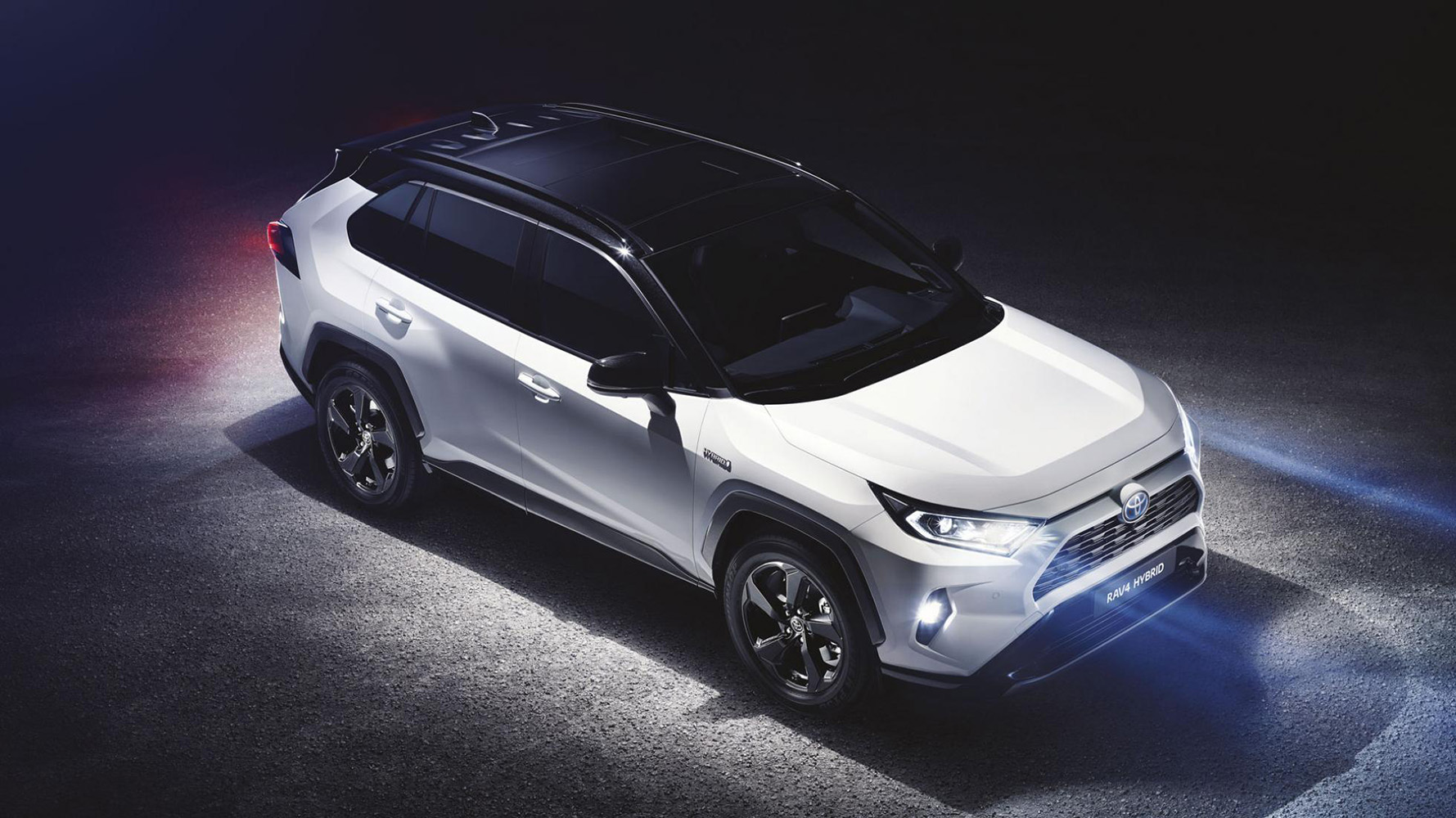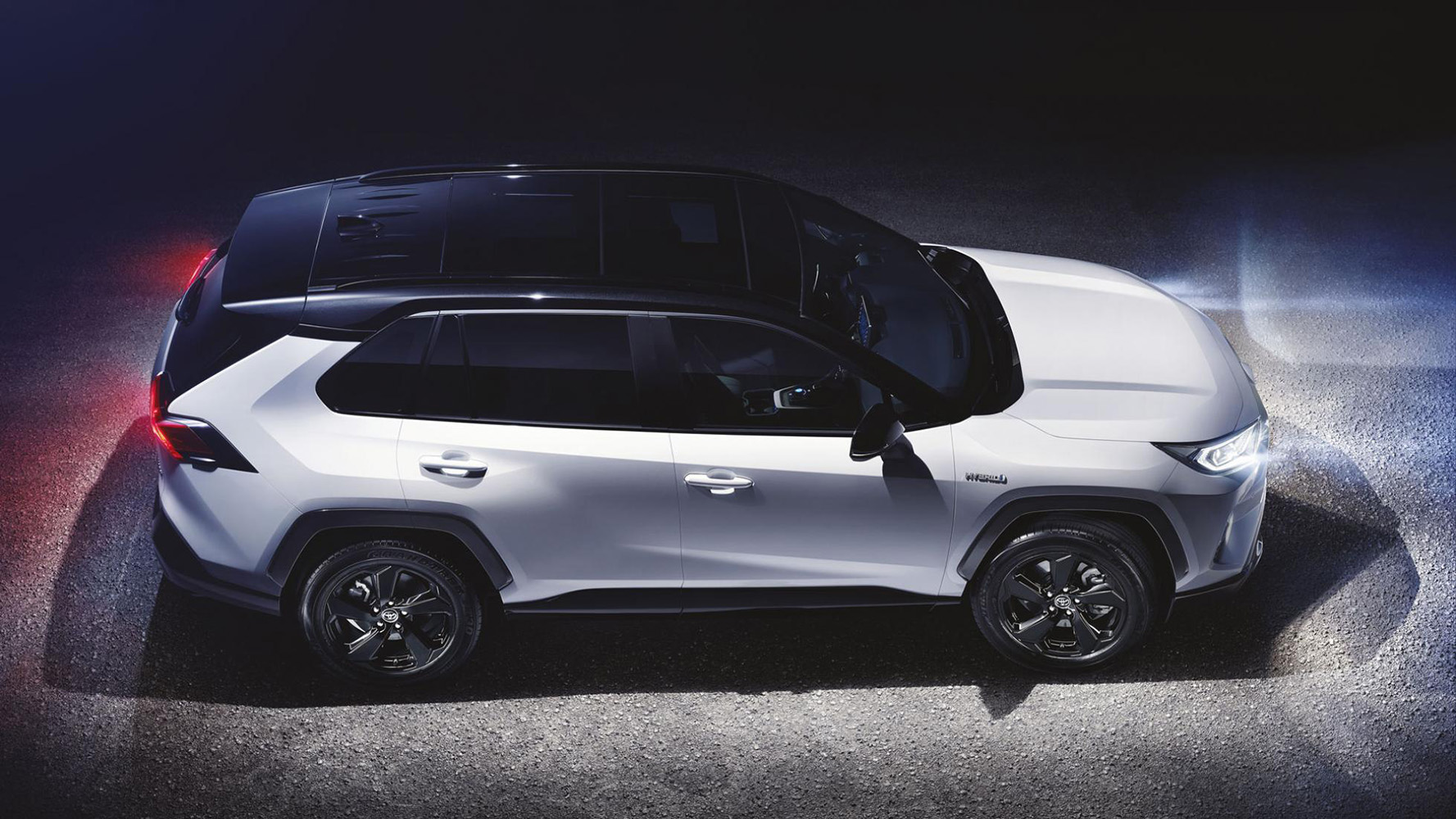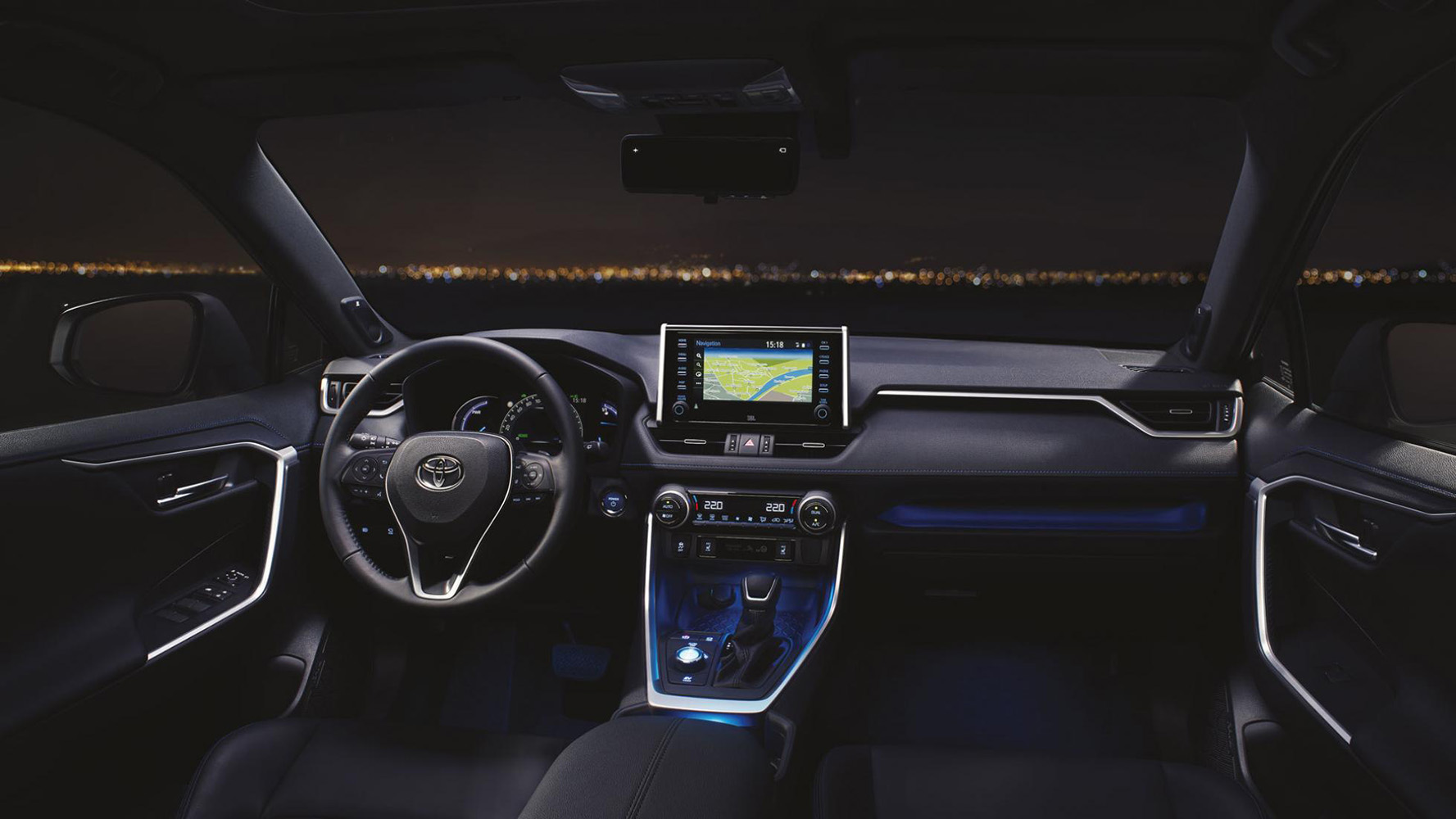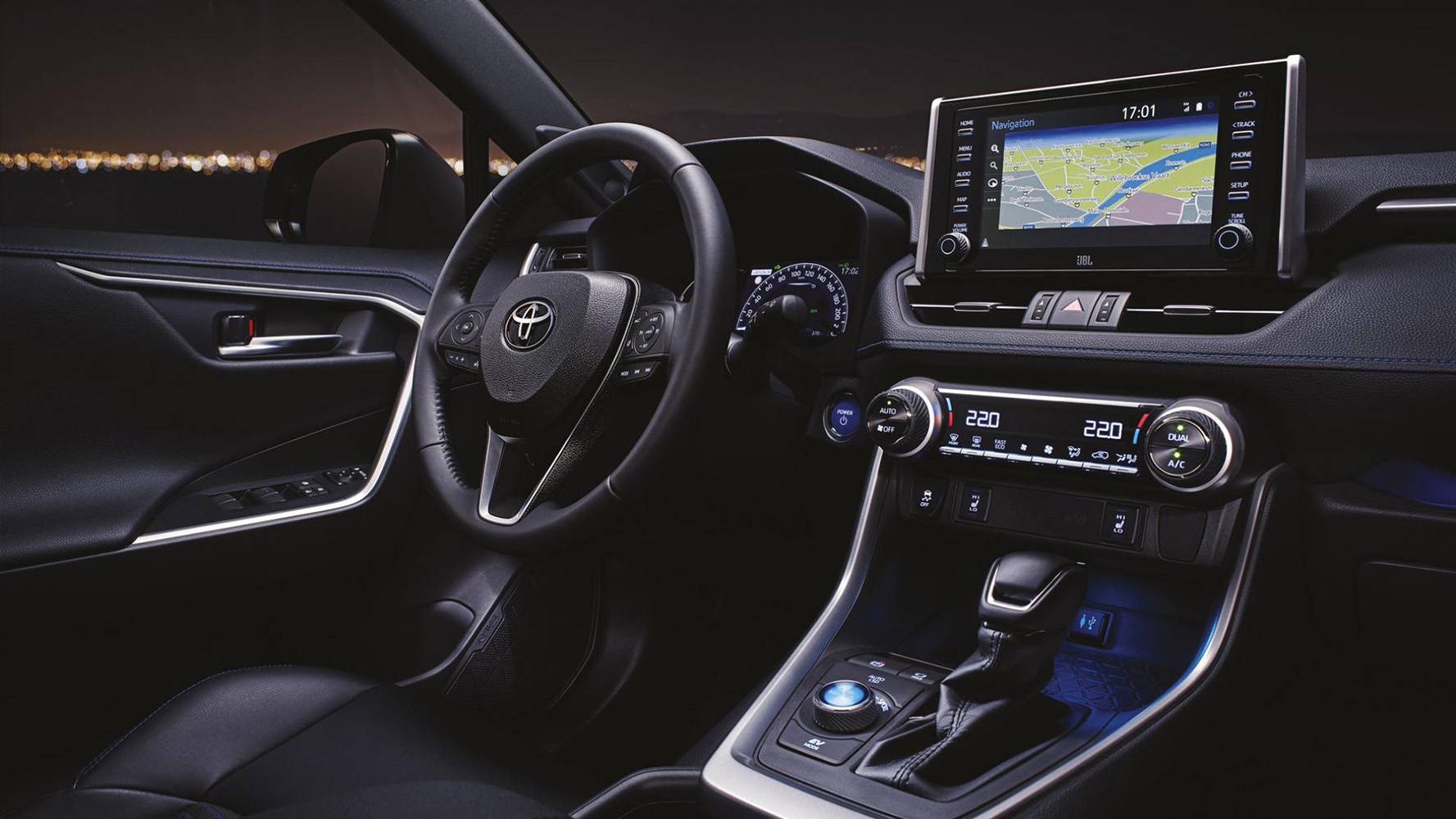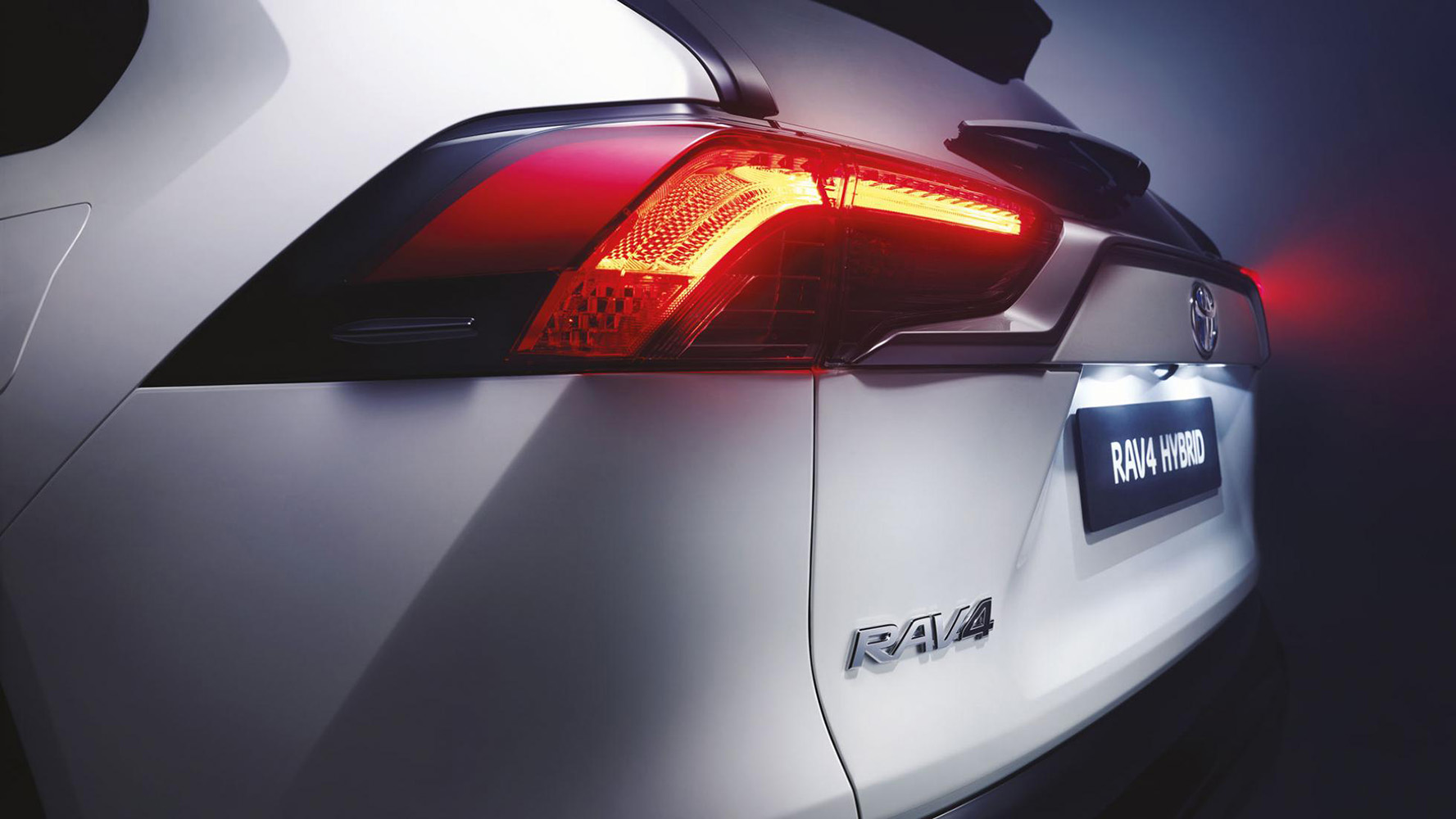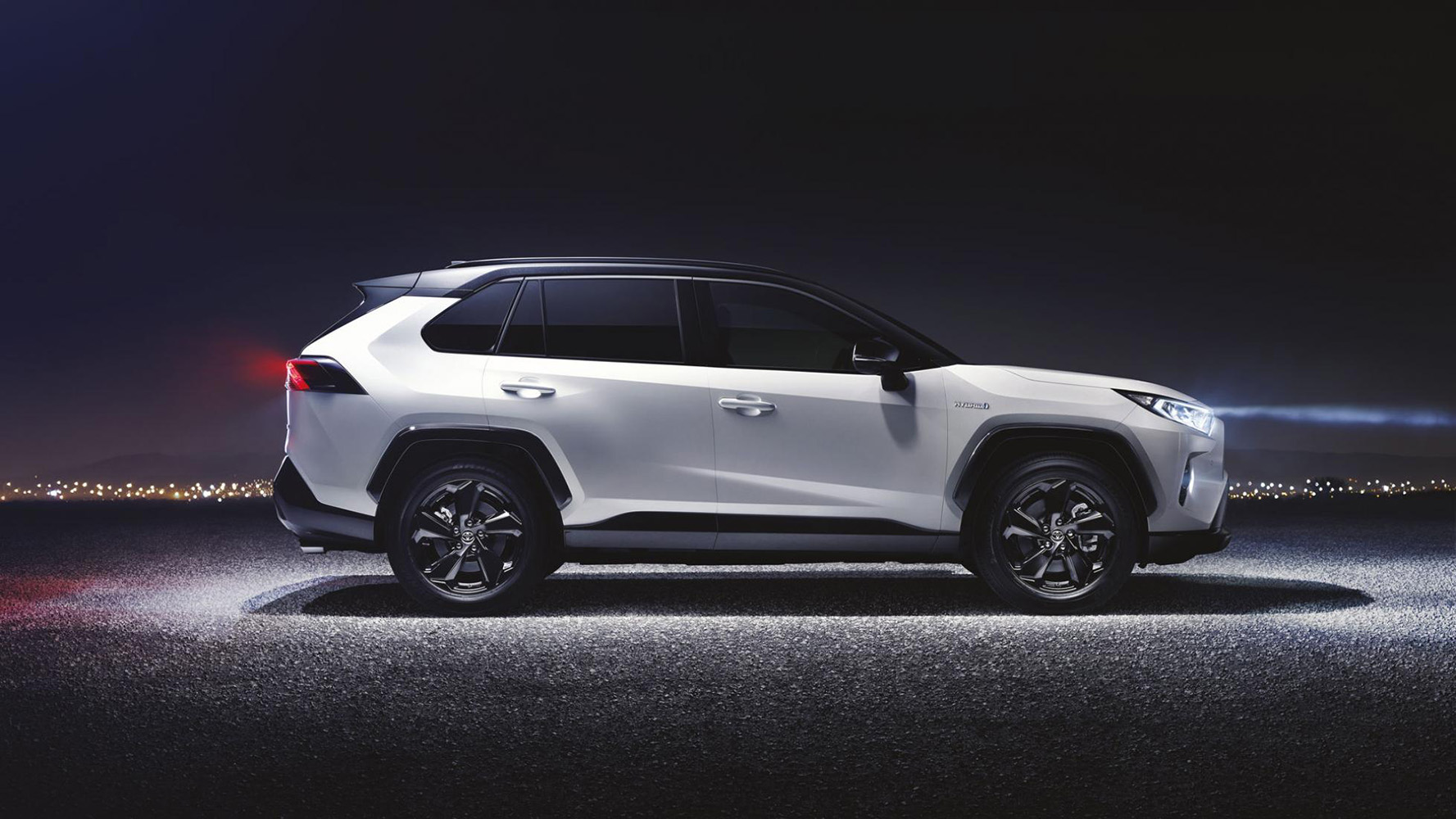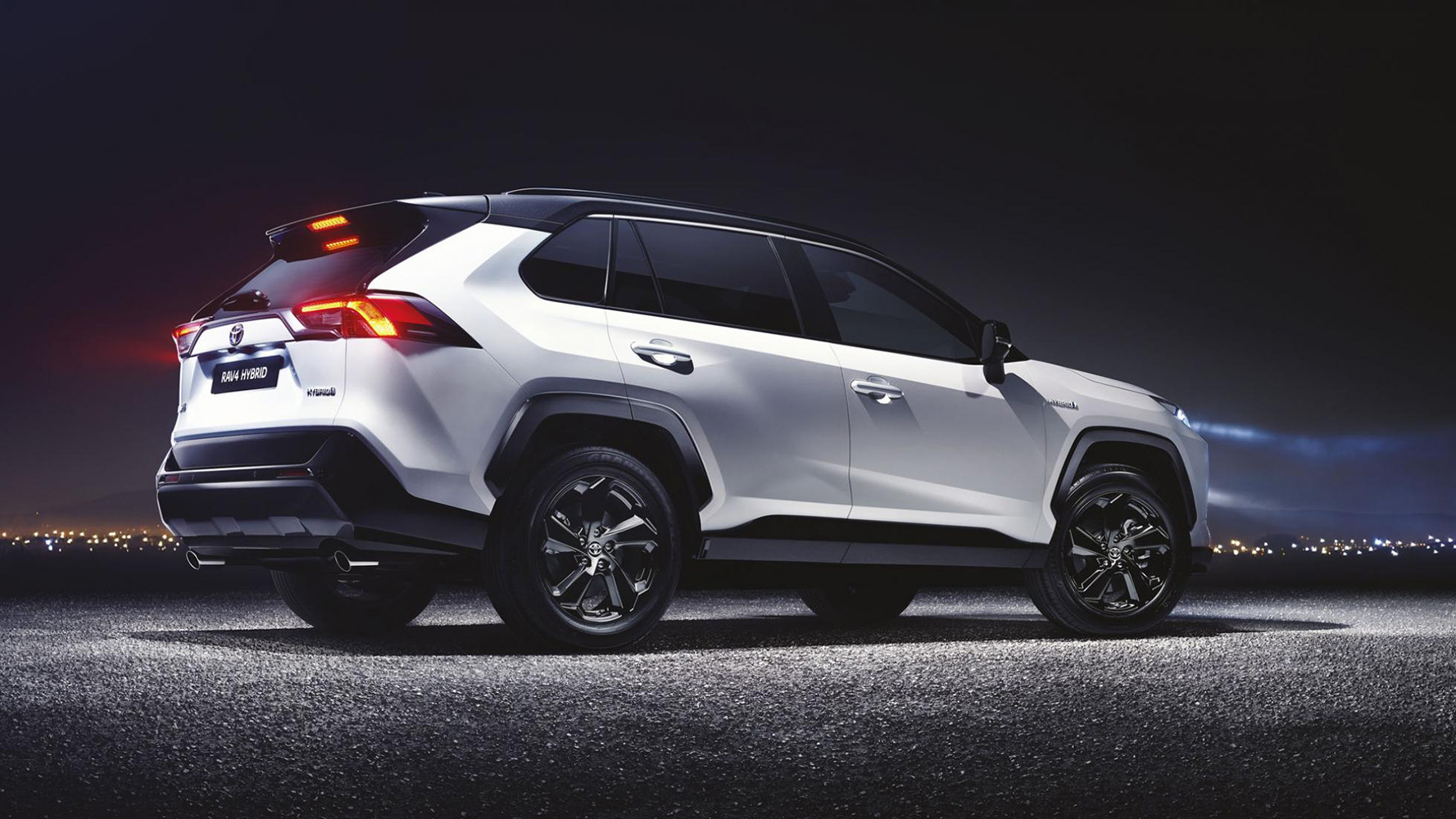Clear the diary! The new Toyota RAV4 is imminent
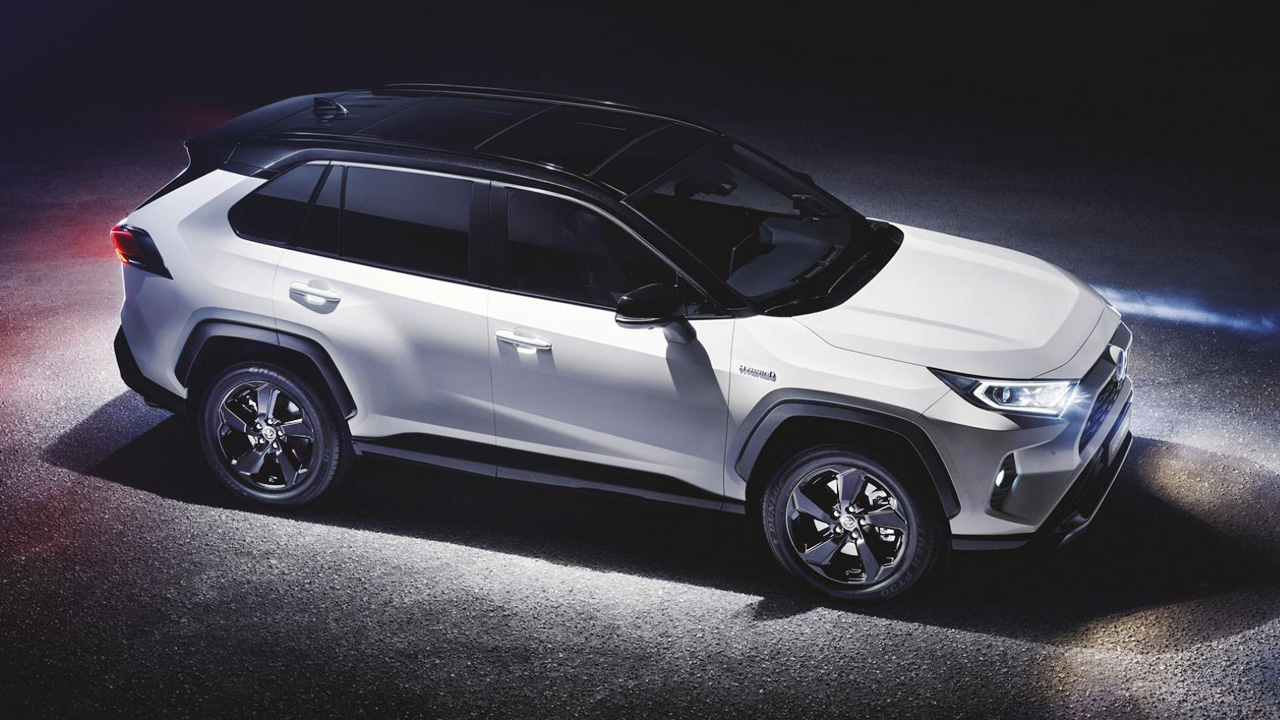
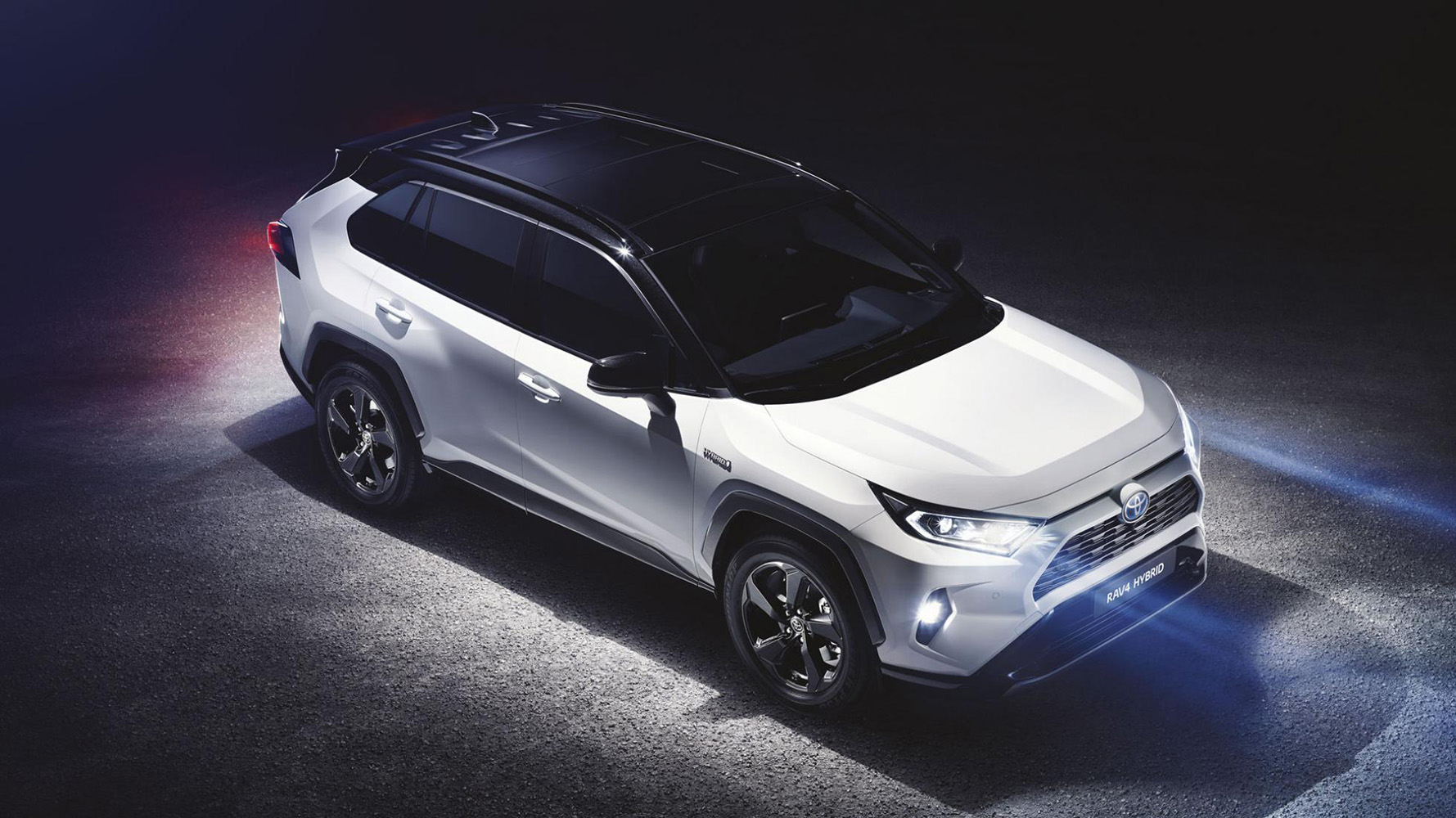
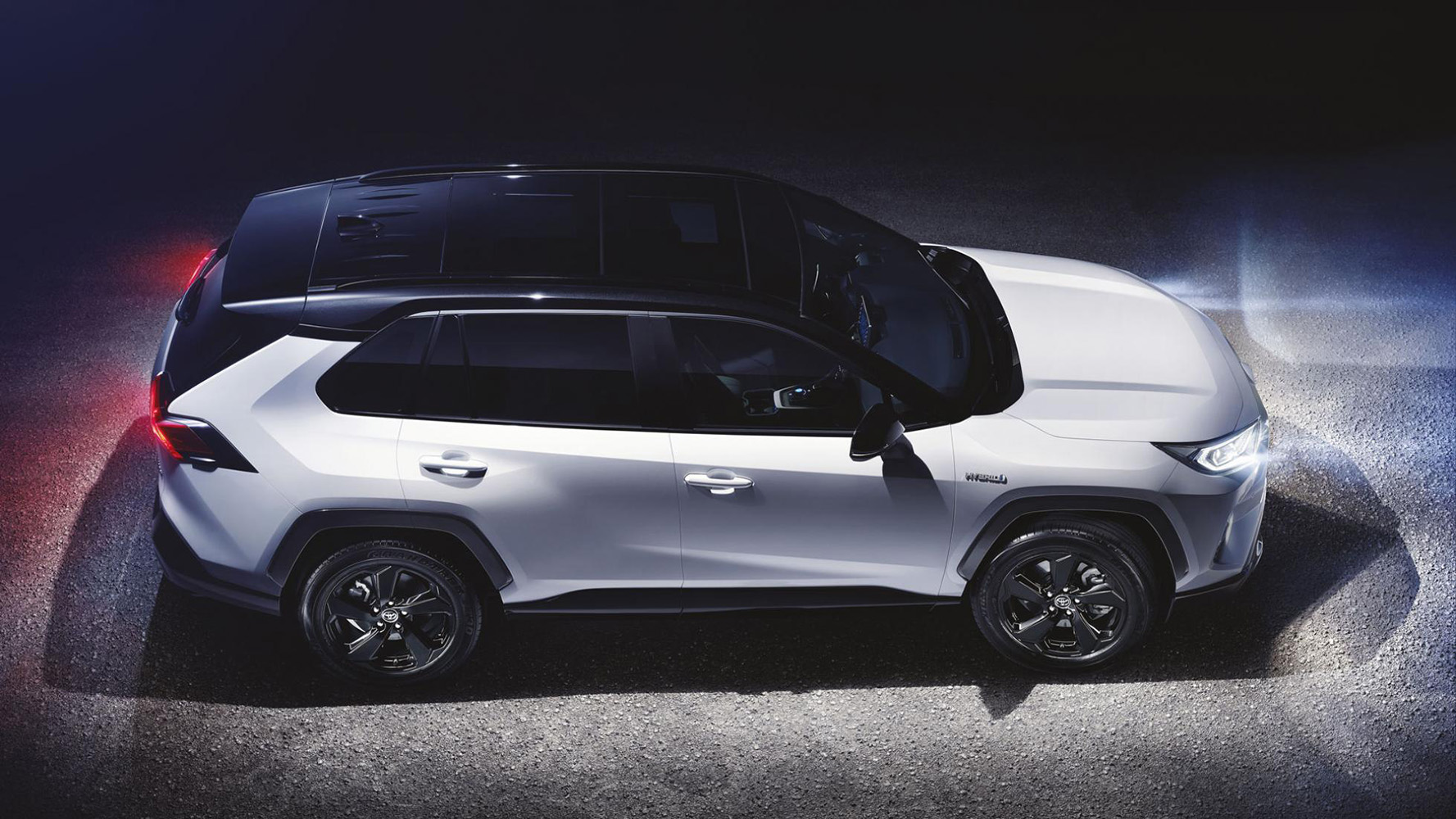
This, if you can contain your excitement, is the new Toyota RAV4. So, let’s start with what we see – the brand-new design. According to Toyota, the design “resonates with a target customer base of young families who enjoy life”. So, we guess you’re all out of luck if you’re a family of misanthropes.
Setting aside the prose of the press release, we can glean that the new RAV is the beneficiary of a brand-new platform, which promises much improvement in many areas.
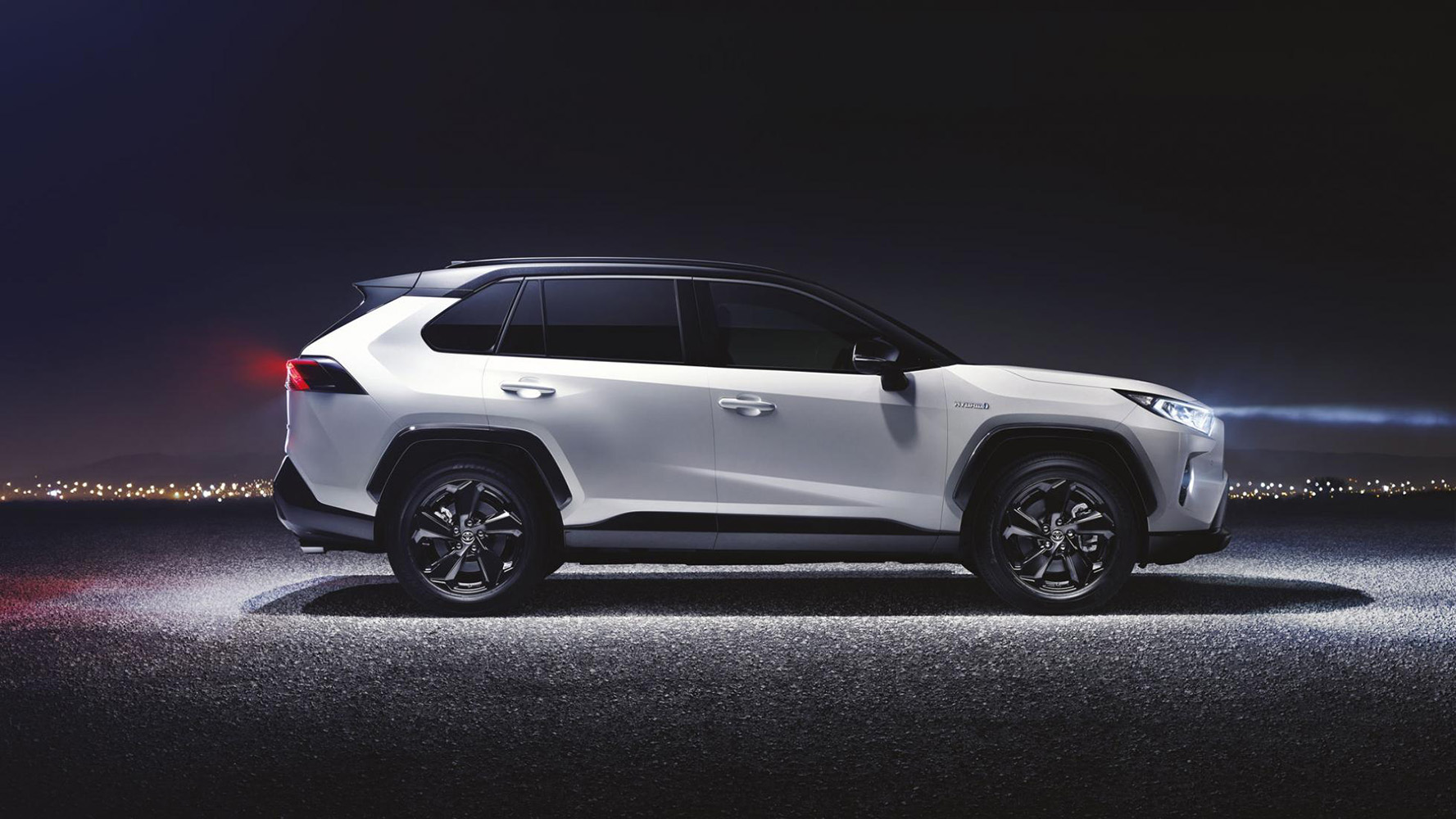
It’s called the TNGA, or Toyota New Global Architecture, and it is Toyota’s new architecture for the cars that it sells globally. So, points for brevity, accuracy and literalism there.
When the TNGA is combined with the RAV, one would expect to find a GNATVAR. Or perhaps a VATRANG. Instead, Toyota insists that it’s still a RAV, and one that has a 30mm-longer wheelbase for much interior spaciousness, as well as a whole extra centimetre of width, to encompass the massive gains you’ve been getting at the gym.
Also, the front and rear overhangs are shorter, which is sure to impress the zero per cent of people who take these things off-road.
To ensure some semblance of consumer advice in this article, we consulted TG’s resident family man, who says that the new RAV is “less ugly than the old one,” thanks to “a bit of Lexus RX-ish angular surfacing”. And we’re inclined to agree – it is rather angular and Lexus-ish, in the style that Toyota seems to be pursuing at the moment.
Inside, it’s much more standard fare; there’s an air of restrained sensibility, much like all Toyotas, that eschews the Kevin McCloud-worthy interior ambiance of Audis for exceptional simplicity. You could also accuse it of being staid and stolid to the point of incomparable boringness. But we’ll leave you to make your own mind.
Getting on to the oily bits, and we find that the TNGA initialism has found its way into engines as well, and again promises much improvement in many areas. Both the 2.5-litre hybrid and 2.0-litre unassisted petrol powertrains are apparently more powerful and efficient than the current ones, but the exact percentages we’re sure you’ve been sweating over are unavailable as of yet. Toyota is at the stage of mucking around with ideal stroke-to-bore ratios and other exceptionally geeky things, so expect incremental improvements rather than night-and-day leaps.
